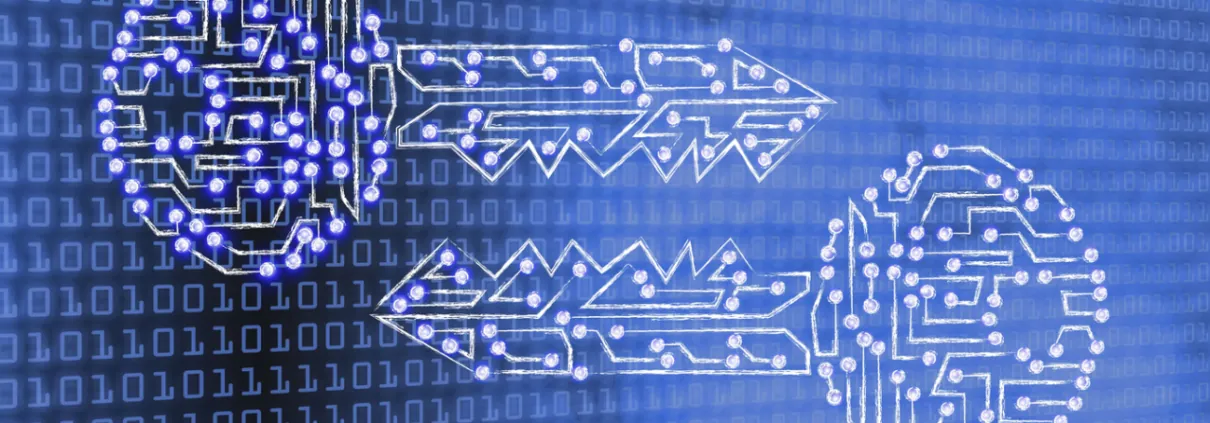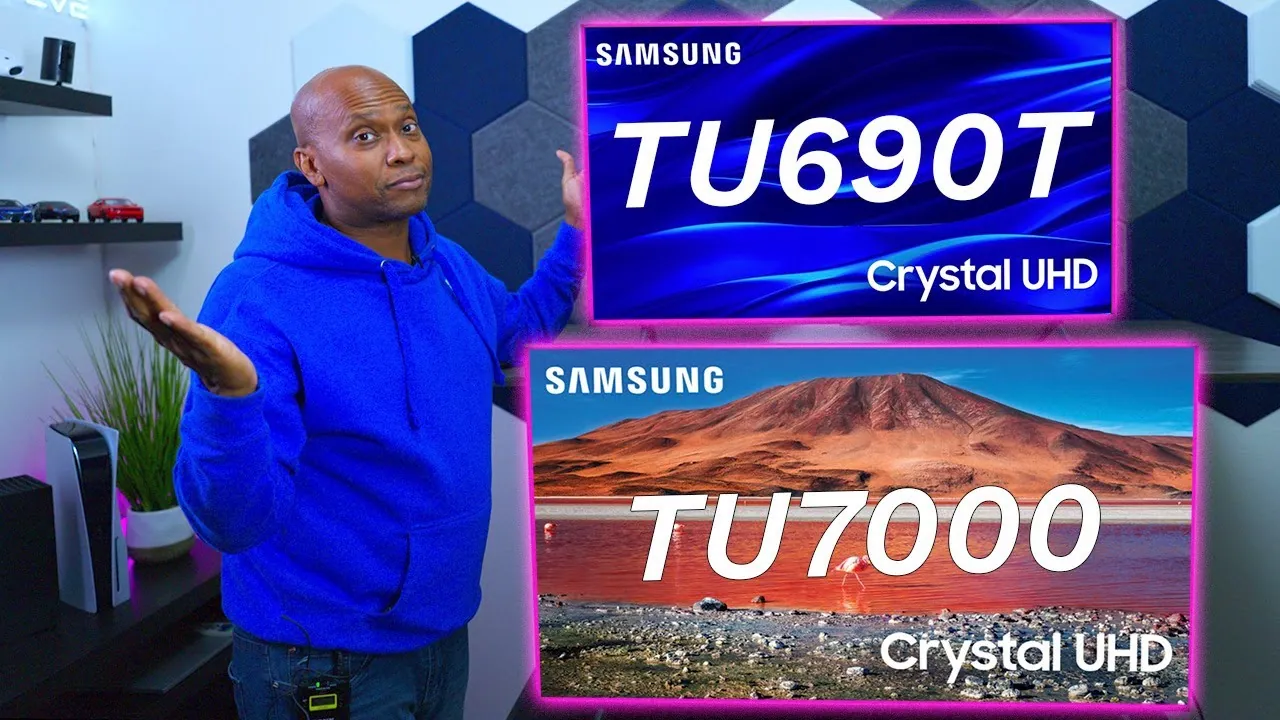How To Secure High-Risk Transactions With Technology?
Are you in a high-risk industry and searching for a payment gateway for high risk business? Increasingly, businesses involved in high-stakes deals are turning towards technology solutions for the strongest possible protection. While traditional methods of preventing theft have their place and can still provide security value in some circumstances, advanced technologies offer far superior protection against increasingly sophisticated online threats. In this post, we’ll examine 7 different types of technology businesses operating in sectors such as finance, cryptocurrency, or e-commerce that can be used to secure transactions from unauthorized access. Keep reading to learn more!
7 Ways To Secure High-Risk Transactions With Technology
1. Biometric Authentication
With modern technology’s advent, significant advances in secure financial transactions have been made. One such development is biometric authentication, which offers security features that traditional methods cannot match.
Biometric authentication utilizes unique physical characteristics like facial recognition, fingerprints, or voice recognition to verify the user’s identity. This type of security ensures that only authorized individuals can access valuable financial transactions, making it an ideal solution for high-risk scenarios.
Beyond financial transactions, biometric technology is commonly used in healthcare, government, and security fields because of its reliability and convenience. It is safe to say that biometric authentication is a significant step towards a safer and more secure future for organizations and individuals alike.

2. Two-Factor Authentication
In today’s digital age, technology offers plenty of conveniences but comes with risks. High-risk transactions, such as online banking, require extra security measures to ensure that your information remains safe from prying eyes.
Two-Factor Authentication is one such technology that offers additional layers of security to your transactions. With Two-Factor Authentication, you must provide two pieces of identification – your password and a code sent through a separate device – to access your accounts.
This makes it much harder for hackers to gain access to your sensitive information. As such, incorporating Two-Factor Authentication into your online transactions can give you peace of mind and help keep your information safe.
3. Tokenization
In an ever-evolving world of technology, securing high-risk transactions has become essential for businesses. Tokenization is a technology that offers a secure way to handle sensitive information, such as credit card numbers.
This process replaces the data with a unique token, rendering it useless if intercepted by cybercriminals. Using tokenization, businesses can protect their customers and themselves from potential fraudulent activity.
With the increasing prevalence of cyber threats, adopting new technologies that minimize the risks associated with high-risk transactions is essential. Tokenization offers a practical and reliable solution for businesses looking to secure their transactions and maintain the trust of their customers in the digital age.
4. Encryption
In today’s digital world, ensuring that all transactions are conducted as securely as possible is essential. High-risk transactions, such as those involving large sums of money or sensitive information, are especially vulnerable to cyber-attacks.
This is where encryption can be a valuable tool. Encryption uses complex algorithms to scramble data and make it unreadable to anyone who doesn’t have the key to unlock it. By employing encryption technology, high-risk transactions can be secured and protected from potential hackers or cyber criminals. This added layer of security can provide peace of mind for businesses and individuals alike.
5. Secure Socket Layer
Secure Socket Layer (SSL) technology is critical for ensuring that high-risk transactions are conducted safely and efficiently. By encrypting sensitive data such as credit card numbers and other personal information, SSL protects against the risk of data breaches and unauthorized access.
The SSL protocol creates a secure connection between a web server and a user’s browser and is used by millions of websites worldwide. When you see the padlock icon or “https://” in your browser’s address bar, you can rest assured that your data is being transmitted over an SSL connection.
This technology is constantly evolving to avoid threats and is an essential component of any online business dealing with sensitive information.
6. Virtual Private Network
In today’s digital age, high-risk transactions need to be securely protected. Using a Virtual Private Network (VPN) has become increasingly popular for ensuring the security of these transactions.
VPN encrypts the data transmitted between the server and the user, making it inaccessible to outside parties. This technology is particularly relevant for businesses dealing with sensitive information, such as financial institutions and government agencies.
In addition to providing security, VPN can also improve the speed and performance of online activities. By utilizing this technology, you can minimize the risk of online attacks and ensure the confidentiality of your transactions.
7. Fraud Detection And Prevention Tools
In today’s world, high-risk transactions are common, and preventing fraudulent activity has become a top priority for businesses. With technological advancements, fraud detection and prevention tools have been developed to mitigate the risks involved in such transactions.
These tools offer various features, including real-time monitoring, data analysis, and AI-powered algorithms that identify suspicious activity and flag it for further investigation. Such tools offer real-time transaction monitoring and protect against fraudulent activities like identity fraud, account takeovers, phishing scams, and more.
These sophisticated tools have become an essential part of any business’s security infrastructure, ensuring the security of high-risk transactions and thus preventing any potential losses.
Why Is It Crucial To Secure High-Risk Transactions With Technology?
In today’s world, high-risk transactions have become an integral part of business operations. Such transactions involve significant money and sensitive information, making them an easy target for fraudsters and cybercriminals.
Thus, it is crucial to secure these transactions with technology. Technology provides advanced security measures like two-factor authentication, encryption, and biometric authentication, making it nearly impossible for unauthorized individuals to gain access to confidential data.
Companies can also deploy machine learning and artificial intelligence algorithms that detect fraudulent behavior and flag suspicious activities in real-time. Securing high-risk transactions with technology is critical for the safety and privacy of sensitive data and for building trust with clients and investors.

Bottom Line
Technology is critical in securing high-risk transactions, from financial transfers to healthcare records. With the growing sophistication of cyber-attacks, businesses, and organizations must invest in cutting-edge technology that protects their customers’ sensitive data. Incorporating multi-factor authentication and encryption technology can help stem the tide of cybercrime and ensure secure transactions that build consumer confidence. AI and machine learning algorithms also offer a promising approach to identifying and preventing fraud in real-time.


